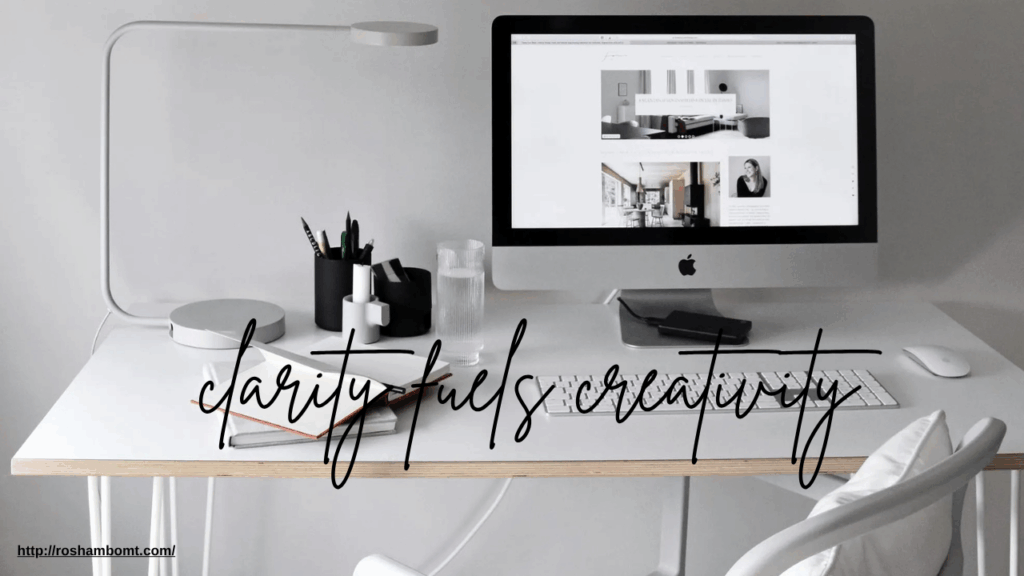
The artistic lifestyle has long been romanticized. From films to literature, artists are often portrayed as whimsical geniuses—living in lofts, inspired by moonlight, and effortlessly producing masterpieces. While this image is appealing, it’s far from the full story. In truth, the life of an artist is a mixture of inspiration and discipline, creativity and constraint, freedom and sacrifice.
The Myth: Endless Freedom and Inspired Bliss
The most common myth surrounding artists is that their lives are defined by boundless freedom and spontaneous bursts of genius. According to this narrative, artists don’t need structure or stability; they simply wait for inspiration to strike and create in a state of flow.
Reality, however, tells a different story. While artists do enjoy creative freedom, it doesn’t come without effort. Inspiration is fickle, and waiting for it can lead to stagnation. Most professional artists understand that creativity must be nurtured through routine, practice, and perseverance.
Another myth suggests that artists live carefree lives, unburdened by traditional responsibilities. In truth, many artists face financial instability, inconsistent work opportunities, and the pressure of balancing creativity with making a living. The starving artist stereotype may be outdated, but the economic challenges remain very real for many.
The Reality: Structure, Sacrifice, and Persistence
Behind every piece of art is a tremendous amount of hard work. The creative process involves research, experimentation, and countless hours of practice. Whether an artist is painting, writing, composing, or designing, their success depends not just on talent but on discipline and dedication.
Artists often wear many hats: creator, marketer, accountant, and entrepreneur. In today’s digital world, promoting one’s art through social media, managing commissions, maintaining online shops, or applying for grants are essential tasks. Time management becomes critical, especially when juggling client expectations, deadlines, and creative blocks.
The emotional toll is another often-overlooked aspect. Artists face rejection, criticism, and self-doubt. Sharing personal creations with the world opens one up to scrutiny, and the fear of failure can be overwhelming. It takes resilience to keep going, especially in a competitive and subjective field.
The Reward: Fulfillment and Impact
Despite the challenges, many artists wouldn’t trade their lifestyle for anything. The ability to express oneself, pursue passion, and create meaningful work is deeply fulfilling. For artists, success isn’t always measured by fame or fortune—it’s about growth, impact, and authenticity.
Art has the power to move people, spark conversations, and shift perspectives. Knowing that their work can inspire or comfort others gives many artists a profound sense of purpose. That emotional and creative fulfillment is often what sustains them through the harder times.
Conclusion
The artistic lifestyle isn’t the fantasy often depicted in popular culture—it’s more grounded, more challenging, and in many ways, more rewarding. It involves balancing dreams with reality, freedom with responsibility, and inspiration with grit. Understanding the truth behind the myth helps us not only appreciate the art but also the effort, courage, and resilience of the artists who create it.
